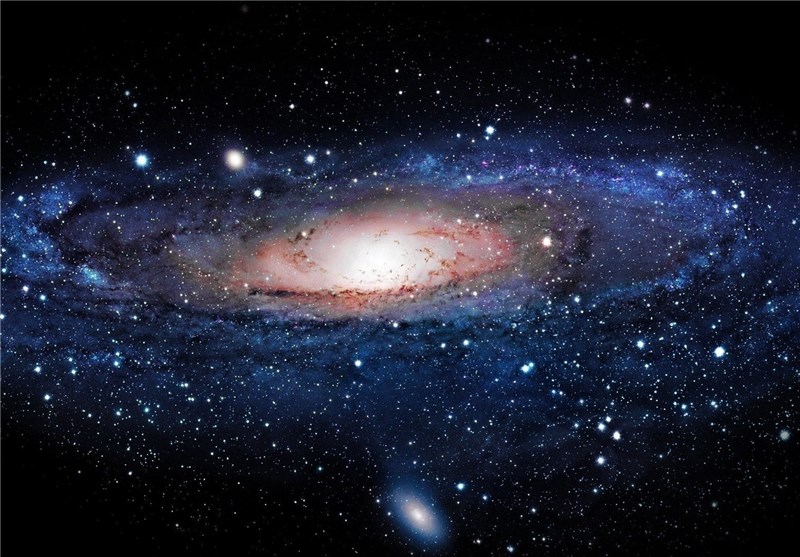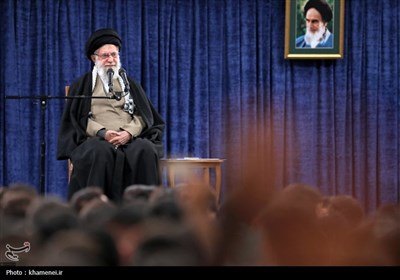New Stars Describe Galaxy's Formation
TEHRAN (Tasnim) - An astronomer from LJMU's Astrophysics Research Institute discovered a new family of stars in the core of the Milky Way Galaxy which provides new insights into the early stages of the Galaxy's formation.
The discovery has shed new light on the origins of globular clusters -which are concentrations of typically a million stars, formed at the beginning of the Milky Way's history.
LJMU is a member of Sloan Digital Sky Survey -- an international collaboration of scientists at numerous institutions. One of the projects of this collaboration is APOGEE (the Apache Point Observatory Galactic Evolution Experiment) which collects infrared data for hundreds of thousands of stars in the Milky Way.
It was through observing stars in the infrared towards the Galactic center that led to the discovery of a new population of stars, the likes of which had only been seen before inside globular clusters.
This intriguing new family of stars could have possibly belonged to globular clusters that were destroyed during the violent initial formation of the Galactic center, in which case there would have been about 10 times more globular clusters in the Milky Way in early life than today. This means that a substantial fraction of the old stars inhabiting the inner parts of the Galaxy today may have been initially formed in globular clusters that were later destroyed.
"From our observations we could determine the chemical compositions of thousands of stars, among which we spotted a considerable number of stars that differed from the bulk of the stars in the inner regions of the Galaxy, due to their very high abundance of nitrogen. While not certain, we suspect that these stars resulted from globular cluster destruction. They could also be the byproducts of the first episodes of star formation taking place at the beginning of the Galaxy's history. We are conducting further observations to test these hypotheses," Ricardo Schiavon, lead researcher on the project said.





